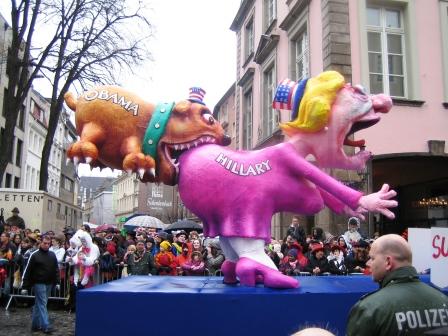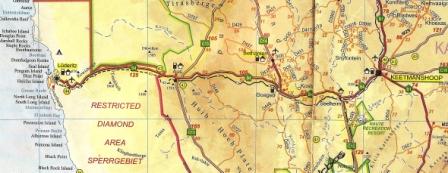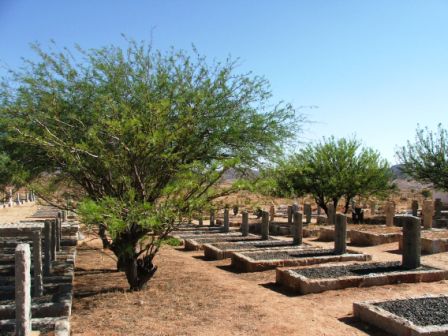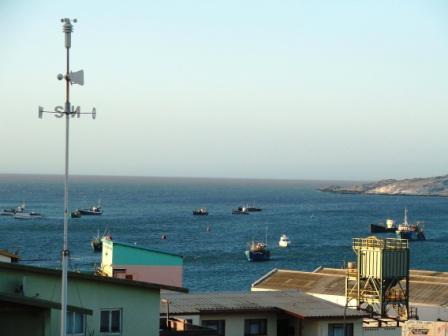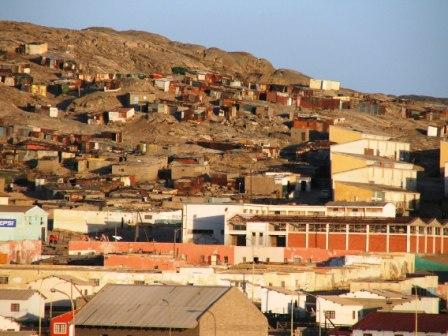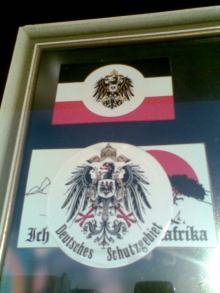It began at 1am on April 5, 1945. Armed only with sharpened shaving knives and their bare hands, Soviet Georgians exacted bloody revenge on their German captors. While the Georgians quickly and quietly dispatched tens of Germans, some of the Wehrmacht men got to their rifles. The gunfire alerted the German gun crews on the shore batteries … who then traversed their weapons so they could fire inland. What followed was a vicious guerrilla campaign that lasted for weeks after VE Day…
Over 60 years later, as you approach the island on the ferry boat from Den Helder, you cannot even see the concrete bunkers that formed this part of Hitler’s “Atlantic Wall” . Today, Texel is a charming holiday destination better known for surf fishing and lamb wool than its grim history as the only battleground between men of the Red and German Armies on the Western Front.
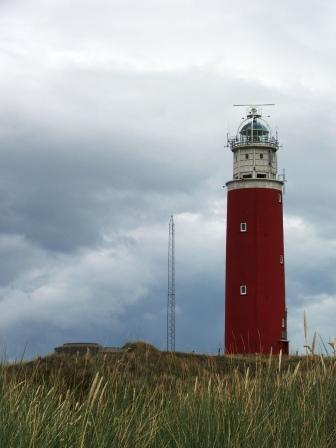
The restored Texel Lighthouse - remnants of a German bunker are visible behind the grass in the foreground
Although Texel’s sleepy villages with winding brick lanes and perfectly flat pastures with grazing sheep are occasionally interrupted by more “touristy” towns like De Koog, the island is mainly a peaceful – if windy – place. It’s one of the only parts of the Netherlands where you can experience a sense of remoteness, so I was shocked to learn a battle was fought here in World War II.
I learned about Texel’s World War II history by accident. The island’s small airport hosts an aviation museum that advertises a special exhibition on “the Georgian Uprising”. The weather in North Holland is not always reliable, so we soon found ourselves at the museum during a spell of Dutch Summer weather (damp, windy, etc.).

German bunker at Texel airport. Bullet holes are visible around the gun ports
Thousands of Soviet Georgians serving in Stalin’s Red Army were captured by the Germans in 1941 during “Operation: Barbarossa”. Starved and brutalized in German prison camps, many were eventually shanghaied into the German Army’s new Ostlegion (“Eastern Legion “). 800 of these Georgians were sent to Texel, where they improved fortifications, drilled, and made contacts with the Dutch Underground – the Orde Dienst.
Having been informed they were being sent to Berlin in a last-ditch defense against the approaching Red Army, the Georgians hastily came up with a plan. When the signal was given they would quietly kill their German comrades with sharpened shaving knives and bayonets, seize the German weapons and – with the help of the local populace – take out the gun crews of the shore batteries. Once the island was secure, they would then radio England so the Allies could land on the island.
As Murphy’s Laws of Combat state: no plan survives first contact with the enemy. Operation: Day of Birth was no exception…



